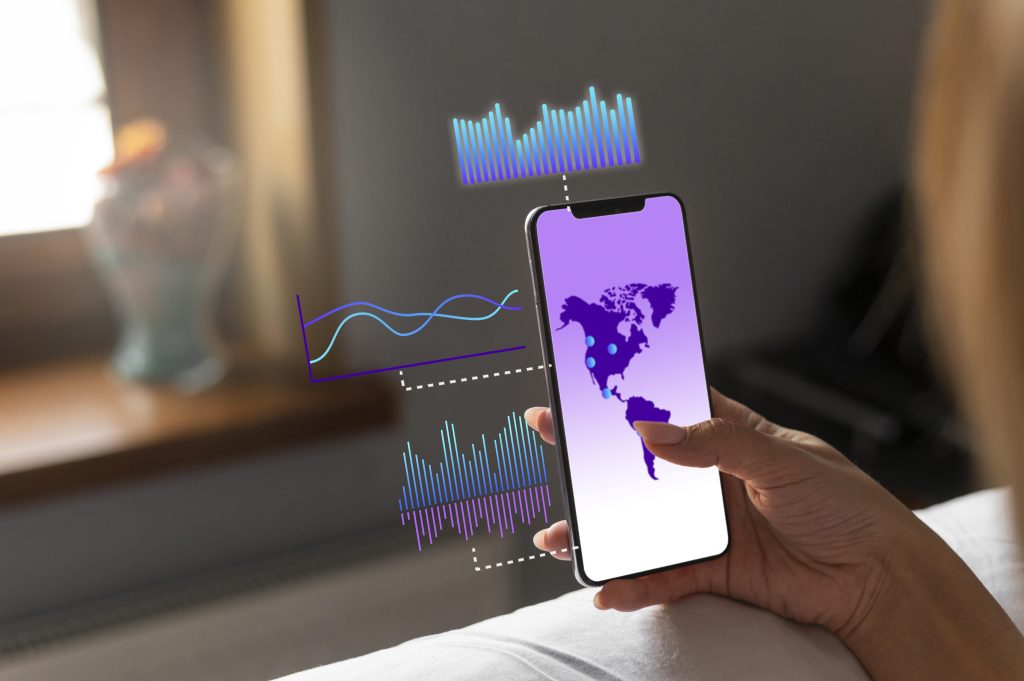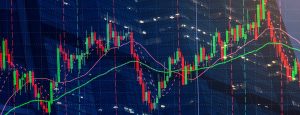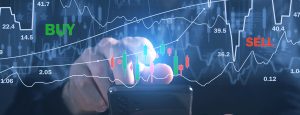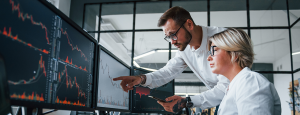The world of investing might seem overwhelming at first, but forex trading—a global marketplace for exchanging national currencies—offers a fascinating opportunity for those willing to learn. Whether you’re a beginner trader, an aspiring investor, or a finance student, understanding forex trading is key if you’re looking to explore financial markets beyond the traditional stock exchanges.
This guide will break down what forex trading is, how it works, the role of commodities like floret commodities, and its connection to platforms like PMEX. By the end of this article, you’ll feel confident in starting your forex trading exploration.
What Is Forex Trading?
Forex, or foreign exchange trading, is the process of converting one currency into another. It’s the largest and most liquid market in the world, with a daily trading volume of over $6 trillion. Online forex trading allows individuals and institutions to buy and sell currencies in real-time, often to capitalize on exchange rate fluctuations.
Forex trading pairs two national currencies—for example, USD/EUR (U.S. Dollar versus Euro)—and those pairs determine the value of one currency compared to another. Traders aim to profit from these fluctuations in currency values.
Foreign exchange trading operates 24 hours a day, five days a week. This is because it follows the sun across major financial centers like London, Tokyo, and New York, giving global traders plenty of opportunities to enter the market at convenient times.
Why Currency Exchange Is Essential
Currencies are the backbone of modern commerce. Every time someone conducts international trade, travels internationally, or invests in foreign assets, foreign exchange transactions are involved. Forex trading, while speculative in nature for some, plays a critical role in making this globalized world function smoothly.
The Basics of Forex Trading You Need to Know
Key Terms in Forex Trading
Before starting your forex trading journey, familiarize yourself with key terms, such as:
- Currency Pair: A combination of two currencies (e.g., USD/JPY) used in trading.
- Pips: The smallest change in a currency pair’s exchange rate, often the key measurement in profitability.
- Spread: The difference between the bid (selling) and ask (buying) price of a currency.
- Leverage: Borrowed capital that allows you to trade larger amounts. While it amplifies potential gains, it also increases risks.
- Lot Size: The amount of currency being traded (e.g., micro, mini, and standard lots).
How Forex Trading Works
- Accessing the Market
Forex trading happens through brokers or platforms that connect traders to the market. Platforms like PMEX (Pakistan Mercantile Exchange), which is primarily associated with the commodities market, often serve as gateways for trading currencies, adding versatility to their offerings.
- Currency Pairs
Forex doesn’t trade isolated currencies; it trades pairs. They fall into three main categories:
- Major Pairs: Popular pairs like EUR/USD or GBP/USD, which involve major global currencies.
- Minor Pairs: Currency pairs like EUR/GBP, excluding the U.S. Dollar.
- Exotic Pairs: Includes a major currency against one from an emerging economy, such as USD/TRY (Turkish Lira).
- Analyzing the Market
Before making a trade, traders use fundamental analysis (assessing factors like GDP, political stability, or employment reports) and technical analysis (examining price patterns and charts) to make informed decisions.
- Placing a Trade
Forex trading allows you to either “go long” (buy if you anticipate a currency will rise) or “go short” (sell if you expect it to fall). Profit depends on the direction of the asset compared to your position.
Commodities and Forex Trading
While traditionally separate, forex trading and commodity trading often overlap. Many traders consider commodities—like gold, silver, or oil—as crucial hedges against currency volatility. For instance, when the U.S. Dollar weakens, gold often becomes a preferred safe-haven asset.
Platforms like floret commodities allow traders to engage in both commodities and forex markets. Understanding the connection between these markets enriches the trader’s ability to strategically diversify risks and maximize profits.
PMEX and Its Role in Forex
For traders in regions like Pakistan, PMEX offers a comprehensive trading framework that includes both commodities and forex trading instruments. With PMEX, traders can access global markets securely and benefit from localized support.
PMEX’s integration of advanced technologies also ensures transparency and efficiency, making it a popular choice for those interested in exploring the dynamic forex and commodity trading scene in South Asia.
5 Benefits of Forex Trading for Beginners
- High Liquidity
The forex market is incredibly liquid, meaning there are always buyers and sellers to trade with. This ensures tighter spreads and fairer prices.
- Accessibility
Beginners can start forex trading with a small capital. Many platforms offer demo accounts, which allow novice traders to practice without financial risk.
- Flexibility
With markets open 24/5, you can trade forex whenever it suits your schedule—perfect for aspiring traders balancing full-time jobs.
- Potential for High Returns
Leverage and large daily volumes create ample opportunities for profitable trades, though it carries higher risks.
- Global Influence
By trading currencies, you’ll understand world events and their impact on global markets like never before. Real-world knowledge of geopolitics, trade, and economic indicators will sharpen your understanding and lead to smarter trading decisions.
Risks to Be Aware Of
While forex trading offers incredible rewards, it comes with its share of risks.
- Volatility means that currency prices can move drastically in response to small economic or political events.
- Improper Use of Leverage amplifies losses as much as it does gains when not handled cautiously.
- Lack of Knowledge can lead to poor trading decisions, which is why preparation and research are essential for beginners.
Make sure to approach forex trading with a balanced mindset. Consider it as much about discipline and risk management as it is about potential profits.
How to Get Started in Forex Trading
- Educate Yourself: Read up on forex trading concepts, strategies, and current economic trends. Consider enrolling in online courses if necessary.
- Choose a Reputable Broker: Select a broker or trading platform like PMEX that aligns with your needs, offers competitive spreads, and has positive reviews.
- Start Small: Begin with a demo account or minimal capital until you’ve gained confidence in your strategy.
- Develop a Plan: Create a strategy that includes clear entry and exit points, risk management rules, and diversified positions.
- Stick to the Fundamentals: Monitor global events and study how these impact exchange rates. Focus on mastering one type of currency pair before branching out.
Why Forex Trading Stands Out in the Financial Marketplace
Forex trading is more than just currency exchange; it’s a pathway to understanding financial markets and building wealth. The seamless integration of commodities like gold into your forex portfolio—accessible through platforms like floret commodities and PMEX—only increases your ability to diversify and hedge.
For beginner traders, patience and continued education are key. Start small, remain disciplined, and take full advantage of demo accounts to hone your skills.
High liquidity, low investment, round-the-clock trading, and risk-free demo accounts make forex trading beginner-friendly.
Volatility and improper use of leverage can lead to significant losses. Education and risk management are key.
Forex and commodities overlap. For instance, gold often rises when the U.S. Dollar weakens, offering a diversification option.



